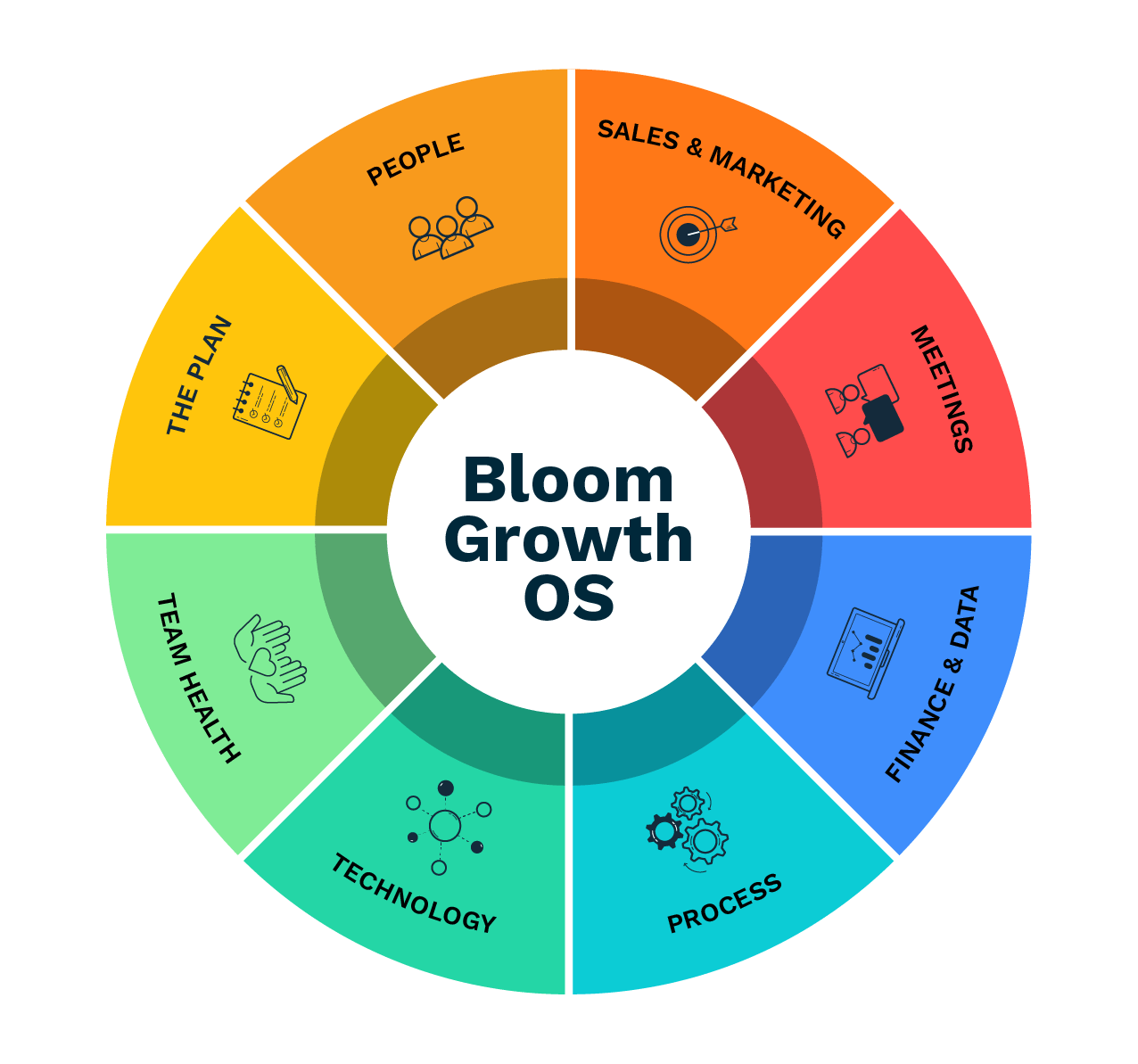Why Systems Alone Don’t Fix Chaos: The Leadership Mistake That’s Costing You Growth
“You don’t rise to the level of your effort. You fall to the level of your systems.”
I jotted that down in a notebook recently, right after one of those long days where every little thing ended up on my desk:
“Got a sec?”
“Should I comp this?”
“Do I need to check with you before I...?”
The kicker?
We already had the systems.
Clear SOPs. Documented processes. Printed checklists.
We’d talked through them. Trained on them. Even laminated a few for good measure.
And still… the decisions piled up.
Still… the team asked for approvals they didn’t need.
Still… the business defaulted to me.
If you’re leading a growing business, you’ve probably been there, too. You build the systems to get out of the weeds—only to get pulled back in.
So what gives?
Systems Don’t Run Your Business. People Do.
Here’s what I’ve learned (the hard way): systems are only as strong as the culture around them.
You can have every process documented to the letter, but if your team doesn’t:
- Understand them
- Believe in them
- Trust themselves to use them
- And feel supported when they do…
…then those systems become shelfware.
And the chaos continues.
Why So Many Systems Break Down
Most teams don’t fail because they’re lazy or unskilled. They fail because the systems they’re supposed to rely on don’t have buy-in.
A Harvard Business Review article titled “Why Organizations Don’t Learn” talks that systems only take root when people feel safe to use them. That means they need psychological safety, clarity, and the confidence that following the process won’t get them punished if something goes wrong.
Another study published in the Journal of Organizational Behavior found that process compliance improves dramatically when team members feel a sense of ownership and autonomy.
Bottom line? Your SOP isn’t failing because it’s poorly written.
It’s failing because your team doesn’t trust it enough to live it.
SOPs Don’t Stop the Chaos. Ownership Does.
This less came from a friend in the trades:
“SOPs don’t stop the chaos. Ownership does.”
And it applies far beyond field service work.
You can systemize everything- your sales process, your project management workflow, your service call handling- but if your team keeps bypassing those systems or funneling decisions back to you, the real issue is leadership clarity, not operational design.
It looks like this:
- “What’s the right decision here?” becomes “Better check with the boss.”
- “This is the process” becomes “Well, in this case…”
- “Here’s what I did” becomes “Should I have done this?”
It’s death by hesitation. And it’s draining your time, your focus, and your momentum.
Systems Are Essential- But They Aren’t a Shortcut
Don’t get me wrong: systems are essential. I live & die by systems.
You can’t scale without them.
You can’t delegate without them.
You definitely can’t sell your company without them.
In fact, according to the U.S. Small Business Administration, one of the key components that makes a business sellable is whether or not it runs independently of the founder. That’s only possible with well-documented, well-executed systems.
But systems alone don’t create freedom.
They just create structure.
It’s what you build around that structure- trust, clarity, and accountability- that determines whether your systems create freedom or just more frustration.
Why Your Team Might Not Be Using Your Systems
If your systems are in place but still not being used consistently, here are a few reasons why:
1. They were created without input.
When systems are created top-down, without the insight of the people actually doing the work, they often feel clunky or out of touch.
2. They’re hard to find or follow.
If your SOPs live in a dusty binder, a cluttered Google Drive, or someone’s inbox, they’re not going to be used consistently.
3. They’re not reinforced regularly.
Introducing a system once in a team meeting isn’t enough. People need repetition, support, and reinforcement over time. Train. Audit. Train. Audit.
4. There’s no clear ownership.
If no one is responsible for the process- and no one is held accountable for following it- it’s going to get ignored.
5. Leaders don’t model it.
If you or your managers are the first to override the process when things get busy, your team will do the same.
So What Actually Makes a System Stick?
If you want your systems to actually work, they need to be built on more than documents. They need to be built on trust and clarity.
Here’s how to get there:
1. Co-create the systems.
Pull in the people who do the work. Let them help build and test the systems. This creates real buy-in and better outcomes.
2. Explain the why.
Don’t just tell your team what to do. Show them why it matters. Tie every process back to a bigger goal, whether it’s profit, efficiency, safety, or customer satisfaction.
3. Make them accessible.
Use tools your team already uses- Google Docs, Notion, Trainual, or even Slack- to keep systems visible and easy to reference.
4. Train regularly.
Integrate your systems into onboarding, performance reviews, and weekly meetings. Bring them to life with real-world scenarios.
5. Assign ownership.
Every system should have a name next to it. Someone who owns it, improves it, and checks in on whether it’s working.
6. Live the process.
If you bypass your own systems, your team will too. Lead by example.
The Bigger Picture: A Business That Runs Without You
Let’s zoom out for a second.
If your goal is to grow, to scale, or to sell in the next few years, this isn’t just about systems.
It’s about building a company that doesn’t depend on you for every decision. A company where your role is to lead, not to approve.
Because when your systems are strong, and your culture supports them, your team doesn’t just follow instructions.
They take responsibility.
That’s the kind of business buyers want.
That’s the kind of team you can trust.
That’s the kind of freedom you were probably aiming for when you started all this in the first place.
Let’s Build Systems Your Team Actually Uses
If your days are still full of hand-holding and follow-ups, you don’t need more effort. You need better alignment.
Let’s spend 25 minutes together to figure out where your systems are breaking down, and how to fix them in a way that sticks.
Because laminated SOPs don’t scale your business.
Leadership does.
Key Takeaways
- Systems don’t work without leadership, clarity, and ownership
- SOPs often fail because they aren’t reinforced or trusted
- Involving your team in the process builds buy-in and accountability
- A business that can scale—or sell—must run on systems your team actually uses
- The right systems free you up to lead, not approve every decision
Last question before you go:
What’s one process you’ve documented that your team still isn’t using?
That might be the most valuable place to start.





